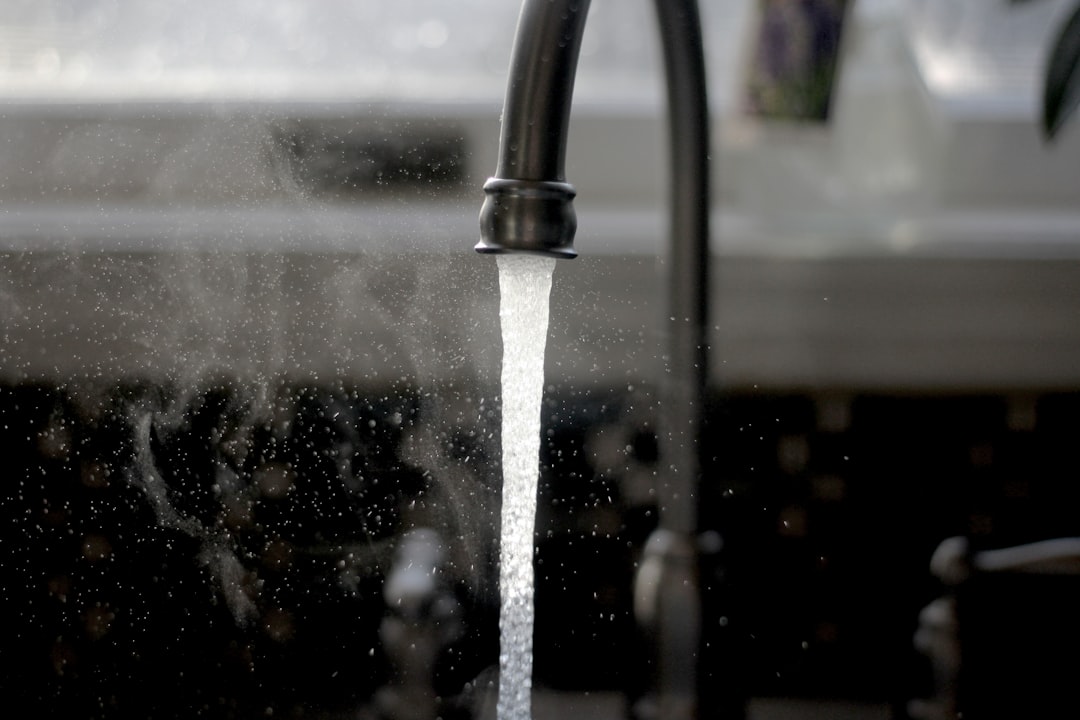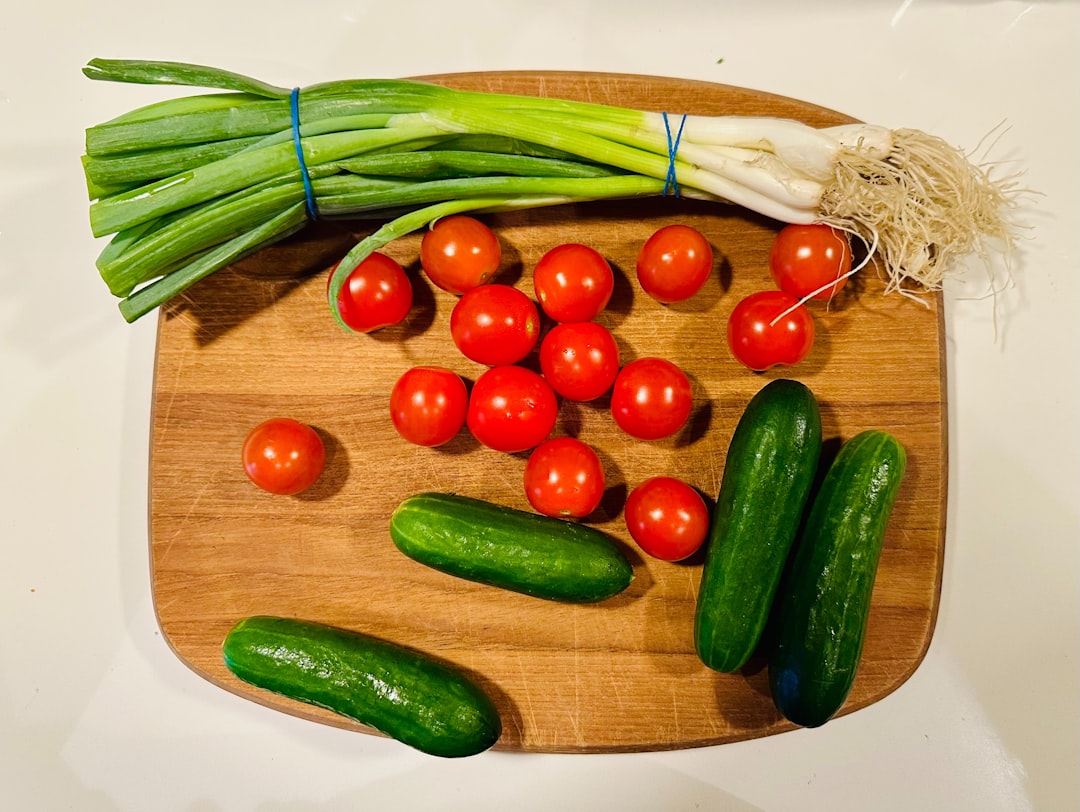Table of Contents
- Introduction
- Corroded pipes leading to water leaks
- Old plumbing fixtures that require replacement
- Frequent plumbing emergencies due to outdated systems
- Low water pressure caused by sediment buildup
- Sewer line issues such as blockages or breaks
- Inefficient water heaters and their failure signs
- Backflow prevention problems and solutions
- Plumbing camera inspections for hidden leaks
- Conclusion
- Frequently Asked Questions
Introduction
Owning an older home can be a charming experience, filled with unique architectural features and rich histories. However, beneath that beautiful façade, unforeseen plumbing issues are often lurking, ready to disrupt your peaceful abode.
As homes age, their plumbing systems become susceptible to various challenges, from outdated fixtures to corroded pipes. These issues can lead to unsightly leaks, frustrating clogs, and even more severe water damage if not addressed promptly.
Understanding the common plumbing problems in older homes is essential for homeowners looking to preserve their investment and create a safe living environment. In this article, we’ll dive into the most prevalent plumbing issues you may encounter in an older house and what steps you can take to manage them effectively. Whether you’re a seasoned renovator or a first-time homeowner, being equipped with this knowledge can save you time, money, and headaches down the road. So, let’s explore the plumbing pitfalls that might be hiding within your walls!
Corroded pipes leading to water leaks
In older homes, corroded pipes are a common plumbing issue that can lead to significant water leaks. Over time, pipes made from materials such as copper or galvanized steel can deteriorate due to factors like water quality, age, and environmental conditions. Corrosion occurs when the protective layer of the pipes is compromised, leading to rust formation and eventual leaks.
These leaks can be subtle at first, often going unnoticed until they cause damage to walls, ceilings, or foundations. Homeowners may experience inconsistent water pressure, discoloration of water, or water stains indicating a problem. Additionally, corroded pipes can contribute to lower water quality, affecting both taste and safety.
To address corroded pipes, it is essential for homeowners to conduct regular plumbing inspections. Replacing old pipes with modern, corrosion-resistant materials can offer a long-term solution. Ignoring this issue can lead to costly repairs and extensive damage, making early detection and intervention critical.
Old plumbing fixtures that require replacement
Older homes often feature plumbing fixtures that are not only outdated but can also pose significant issues over time. One common concern is the presence of old faucets and fixtures made from materials that can corrode or wear out, leading to leaks or decreased water pressure.
Another issue is with old toilets that may have inefficient flushing mechanisms, contributing to higher water bills and potential clogs. Additionally, bathtubs and sinks made from outdated materials may crack or discolor, impacting the aesthetic and functionality of the bathroom or kitchen.
Furthermore, older showerheads often provide poor water flow or lack efficient spray options, making them less user-friendly.
Lastly, outdated pipes can also be a major concern. Homes with galvanized steel or lead pipes face health hazards due to corrosion or leakage. Replacing these old plumbing fixtures not only enhances the functionality of the home but also improves safety and efficiency.
Frequent plumbing emergencies due to outdated systems
Older homes often experience a range of plumbing emergencies due to outdated systems. One common issue is the prevalence of galvanized pipes, which can corrode over time, leading to leaks and reduced water pressure. In many cases, these pipes can become blocked with rust and mineral deposits, resulting in inconsistent water flow.
Another frequent emergency arises from aging sewer lines. Root intrusion from nearby trees can lead to cracks and blockages, causing sewage backups that pose serious health risks. Additionally, older water heaters are more susceptible to failure due to sediment buildup, potentially leading to leaks or complete breakdowns.
Moreover, outdated fixtures like faucets and toilets may suffer from constant leaks, wasting water and increasing utility bills. Homeowners may also encounter unreliable shut-off valves and outdated drainage systems that can exacerbate flooding during heavy rain. Prompt attention to these issues can help prevent more severe problems in the long run.
Low water pressure caused by sediment buildup
Low water pressure in older homes can often be attributed to sediment buildup in pipes. Over time, minerals from the water supply can accumulate, especially in areas with hard water. This sediment can create blockages within the plumbing system, constricting the flow of water. As the buildup worsens, homeowners may notice a significant decrease in water pressure, making everyday activities such as showering, washing dishes, and doing laundry increasingly frustrating.
In addition to hard water minerals, sediment can include rust and debris from aging pipes, further compounding the issue. Addressing low water pressure caused by sediment buildup is essential to maintaining a functional plumbing system. It often involves flushing the plumbing lines to remove the buildup or, in more severe cases, replacing sections of the plumbing. Regular maintenance of the plumbing system, including inspections and cleaning, can help minimize sediment accumulation and prevent low water pressure from becoming a recurring issue.
Sewer line issues such as blockages or breaks
Sewer line issues are common in older homes and can lead to significant plumbing problems if not addressed promptly. One of the most frequent issues is blockages, which can be caused by the accumulation of debris such as grease, tree roots, or foreign objects lodged within the pipes. These blockages can result in slow drainage, backflow, or even sewage leaks into the home, posing health risks and requiring immediate attention.
Another serious concern is breaks or cracks in the sewer lines, often caused by aging materials or shifts in the soil. These breaks can lead to leaks, which can undermine the structural integrity of the property and create unsanitary conditions.
Homeowners should be vigilant for signs of sewer line issues, such as foul odors, gurgling sounds in the drains, or wet spots in the yard. Regular inspections and maintenance can help identify potential problems early and mitigate the risk of costly repairs down the road. Taking proactive measures ensures the longevity of plumbing systems and maintains a safe living environment.
Inefficient water heaters and their failure signs
Inefficient water heaters are a common plumbing issue in older homes, often leading to increased energy bills and inadequate hot water supply. One of the first signs of a failing water heater is inconsistent water temperatures; users may notice that the water is not as hot as it used to be or fluctuates unexpectedly. Additionally, strange noises such as popping, rumbling, or hissing can indicate sediment buildup inside the tank, which insulates the water from the heating elements.
Leaks around the base of the water heater or water pooling on the floor are also concerning signs, as these could point to a failing tank or loose connections. Another red flag is a rusty color to the water, which suggests corrosion in the tank or pipes. Regular maintenance can help extend the life of a water heater, but if these issues arise, it may be time to consider replacement. Homeowners should be aware of these potential problems to ensure a reliable hot water supply.
Backflow prevention problems and solutions
Backflow prevention is critical in plumbing systems, particularly in older homes where the infrastructure may not comply with modern standards. Backflow occurs when water flows in the opposite direction, potentially contaminating the clean water supply. This can happen due to sudden changes in water pressure, such as when a pipe bursts or during high water demand.
Common problems associated with backflow include faulty backflow prevention devices, improper installation, and lack of maintenance. Many older homes may lack the necessary backflow preventers altogether, increasing the risk of contamination.
To address these issues, homeowners should regularly inspect and maintain their backflow prevention devices to ensure they are functional. Installing a certified backflow preventer is essential for safeguarding the water supply. Furthermore, local plumbing codes should be followed diligently, as they provide guidelines on the appropriate backflow prevention measures required.
In case of frequent backflow incidents, consulting a professional plumber can help identify underlying plumbing problems and recommend effective solutions.
Plumbing camera inspections for hidden leaks
Plumbing camera inspections are an essential tool in identifying hidden leaks within older homes. These advanced inspections utilize a flexible, waterproof camera that is inserted into the plumbing system, allowing plumbers to visually inspect pipes from the inside. This method provides a clear view of potential issues such as cracks, corrosion, and blockages that may not be visible through traditional inspection methods.
One of the primary advantages of using plumbing cameras is their ability to detect leaks early, preventing costly water damage and mold growth. Homeowners can leverage this technology to save on repair costs by addressing minor issues before they escalate.
Moreover, plumbing camera inspections can facilitate the assessment of drain lines, sewer systems, and other critical plumbing components, offering a comprehensive understanding of the home’s plumbing integrity. This proactive approach ensures that homeowners are well-informed about the condition of their plumbing systems, allowing for timely maintenance and repairs. In summary, employing plumbing camera inspections is a smart strategy for identifying hidden leaks, safeguarding the home, and prolonging the lifespan of the plumbing system.
Conclusion
In conclusion, older homes present unique plumbing challenges that require vigilant attention and timely intervention. From corroded pipes and outdated fixtures to low water pressure and sewer line issues, the signs of plumbing problems can be subtle yet impactful if left unaddressed. Regular inspections, upgrades to modern materials, and proactive maintenance are essential in ensuring the longevity of your plumbing system and preserving the comfort of your home. It is crucial to stay informed about these common plumbing issues and take action before they escalate into costly repairs or health hazards.
Don’t wait until a minor problem turns into a major emergency! If you suspect plumbing issues in your older home, call 573-555-2121 today for expert assistance and ensure your plumbing system is in optimal condition. Your peace of mind and home safety are our top priorities!















